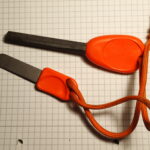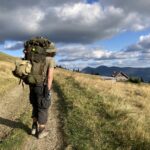Every time I leave my home, I see a lot of burdock growing outside. There is one particular part of the lawn that is completely covered with giant burdock leaves and tall stems. It’s a pity I live in a big city, otherwise, I would have already used those plants for some fun cooking projects. Harvesting them here to eat is not an option, but just looking at them got me into a writing mood — the time has come to learn a bit more about burdock.
Plant characteristics
Burdock is a plant well known for its large leaves (they resemble rhubarb leaves in some way) and fruit (called a burr) sticking to clothing and hair. It grows mainly on roadsides and in rural areas. It’s hard to find burdock in the middle of the forest or open field. The plant has a very long taproot, reaching deep into the soil. The leaves are elongated, heart-shaped, and a bit wavy. Burdock flowers growing from a long stem are violet or pink and their green parts are covered in small hooks that attach to clothing.
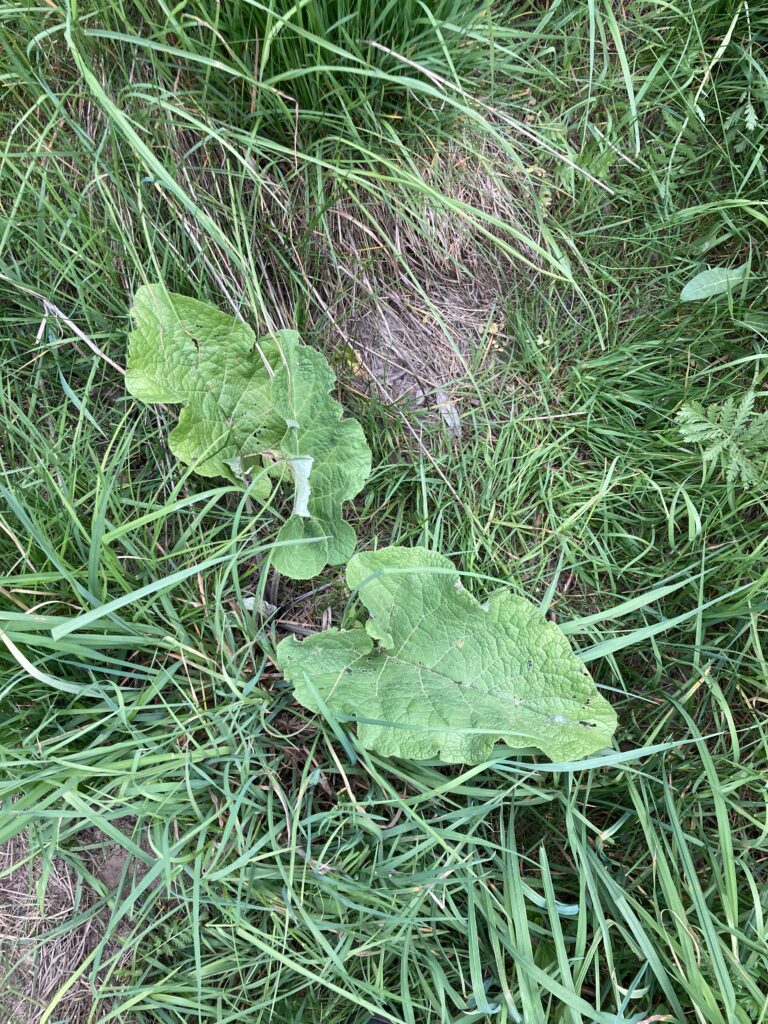
When to harvest?
Burdock is a biennial plant, and its root should be harvested between autumn and spring in the first year of growing. It should be done before the plant grows a stem with flowers. The stems should be harvested in spring when they’re still young and tender.
Roots
Roots are very nutritious and tasty but can be stringy. I recommend cutting them into slices or dice before cooking. The root is cream white but quickly discolours when exposed to air. If you want to keep the colour, place the root in some vinegar or other edible acid. Burdock roots can be prepared in many ways — I’ve personally eaten boiled, fried, and coal-baked roots. You can also dry them to preserve some for later use. Native Americans used to dry burdock near the campfire and then consumed it in wintertime after soaking it in water and making into a soup.
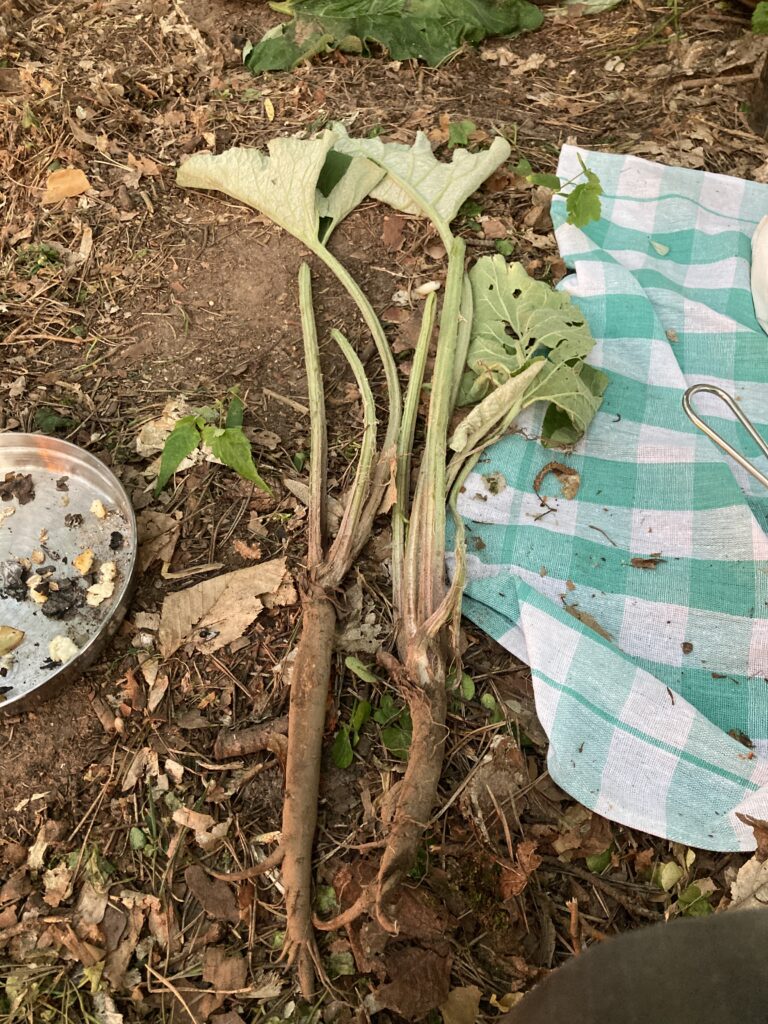
Stems
Young stems may be used as food too. Before cooking, you have to peel their skin, cause the skin makes them bitter. Then they can be eaten blanched like asparagus or fermented like cucumbers.
Leaves
Young leaves can be eaten, but they don’t taste good. There are some better uses for them than consumption. You can use them to wrap food for short-term storage or for cooking in clay/mud. They can also serve as a natural plate to eat on. If you’re baking bread on the embers, you can place burdock leaves under the bread to separate it from the coals. Big leaves can also serve as a hat, protecting you from rain or sun.
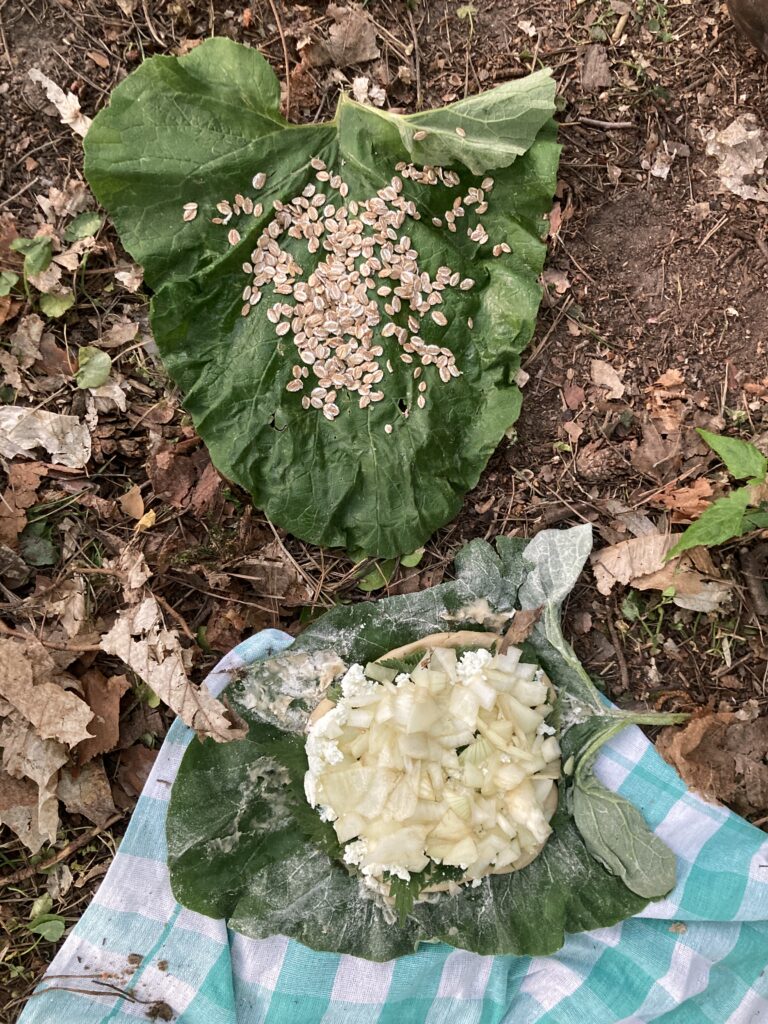
Flowers and seeds
There’s not a lot of use for them, but many kids play with them by throwing flowers or dry burdock fruit at each other. Hooks covering the flowers all around make them cling to clothing and hair, making them annoying and sometimes tricky to pull off. Excellent play, isn’t it?
Uses in medicine
In modern medicine, burdock roots are used to cure long-term skin diseases, as well as to get rid of toxins present in the body. In traditional folk medicine, burdock was also a remedy for swelling and headache. There was a legend passed on in the Polish countryside that when Saint John was beheaded, his head rolled down into a cluster of burdock plants, which made them a cure for headaches. That’s also why this plant was strongly associated with Saint John’s Eve.
As you can see, there is more to burdock than just cookery. But what if I told you that you can make a beverage out of burdock roots? Here’s the recipe for my version of the traditional English Dandelion & Burdock drink — a fermented, bitter-sweet drink with herbal aroma (non-alcoholic, but more sour).
Dandelion and Burdock Style Kvass
Ingredients:
- 5 L filtered water
- 6 burdock roots
- 4 dandelion roots
- 250 g brown sugar
- 60 g grain coffee
- 2 tbsp leaven
- 100 g raisins
Wash and chop all roots. Boil dandelion roots in 1 L of water and burdock roots in 2 L of water. Pour both infusions into one pot (get rid of the roots), add the remaining 2 L of water, and bring to a boil. Add grain coffee, boil for another 15 minutes stirring regularly. Let the liquid cool and then pour it into a carboy or fermentation jar, add raisins, sugar and leaven. Close the vessel and leave it in a shaded place with stable room temperature for 3 or 4 days. Drain the beverage through a sieve and bottle up (glass bottles are the best option).

